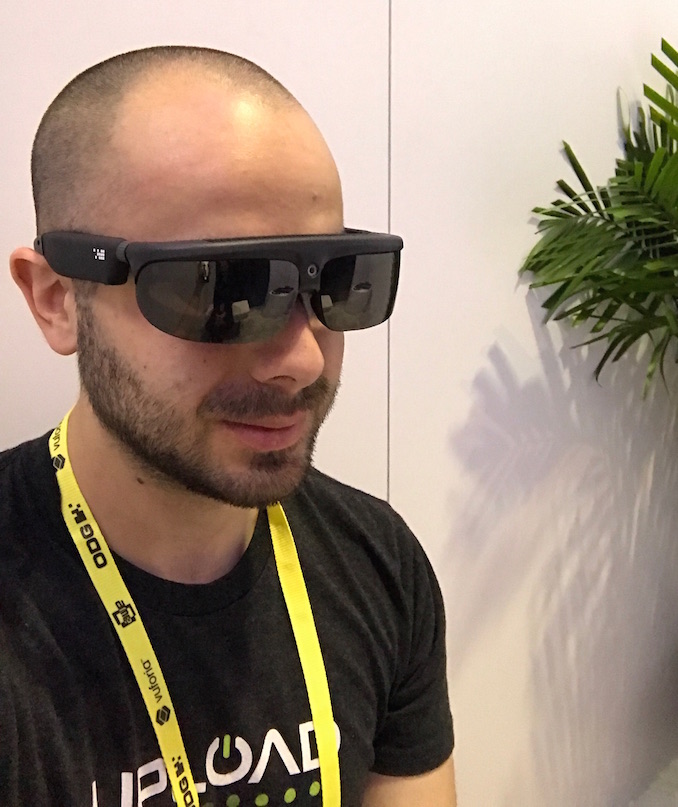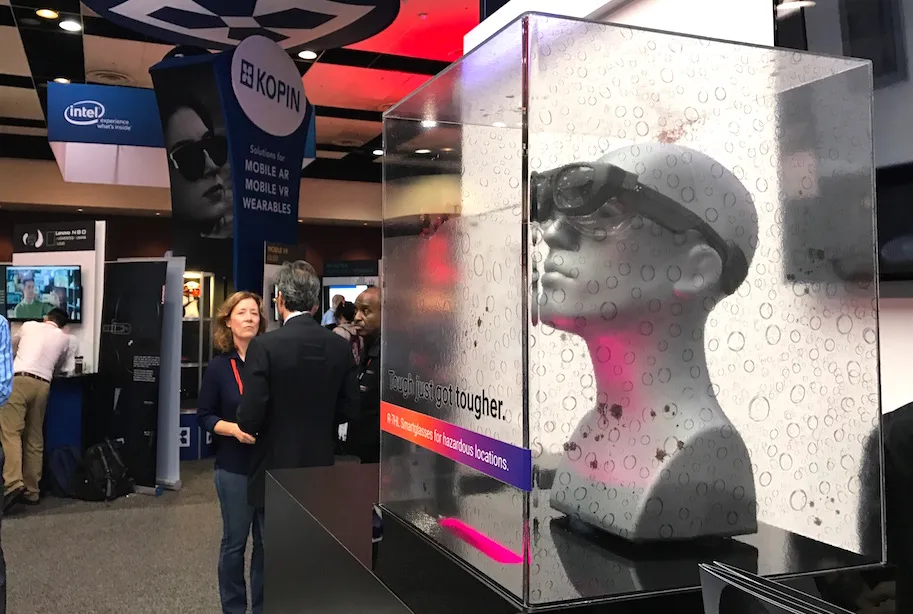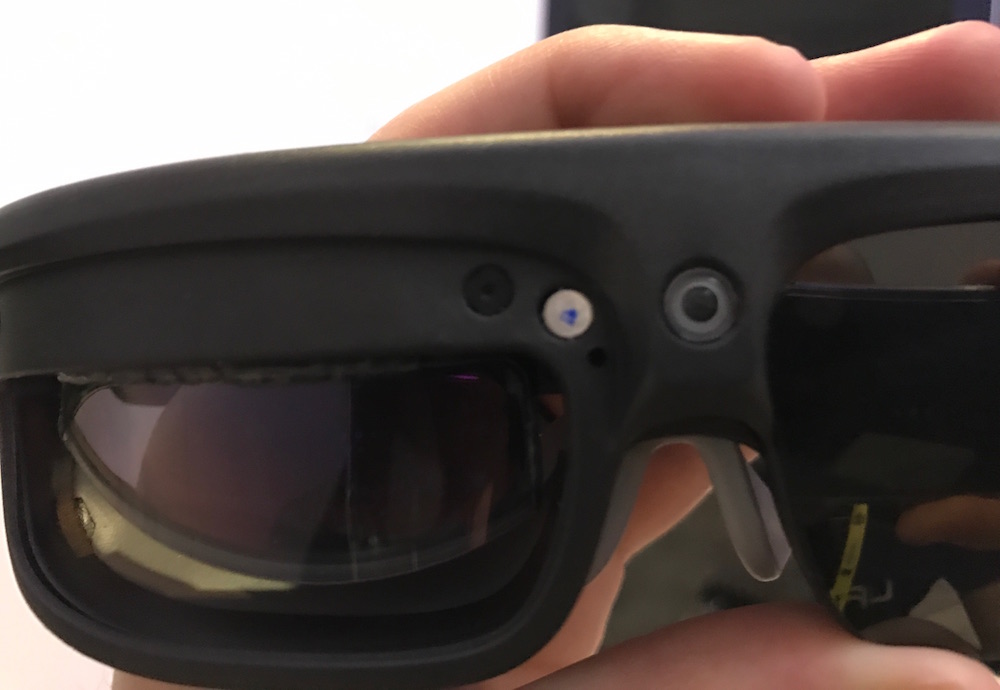You can count the number of serious augmented reality players on one hand. The Osterhout Design Group snags one of those spots.
ODG has been working in this space for decades now. Long before Pokemon GO and Snapchat filters there were the “black” government and military contracts that funded ODG’s early attempts to make AR feasible. The culmination of all those years of research, development, and experience is ODG’s latest line of reality bending spectacles. We had the chance to try them out at this year’s AWE conference.
 The R-7, R-8, and R-9 Smartglass Systems are ODG’s current crowning achievements. They all offer slightly different takes on the modern AR formula of semi-translucent, high resolution, wireless, battery-powered glasses. We’ve covered how the R series performs in earlier posts, but for today let’s talk about what’s new: 6 DOF.
The R-7, R-8, and R-9 Smartglass Systems are ODG’s current crowning achievements. They all offer slightly different takes on the modern AR formula of semi-translucent, high resolution, wireless, battery-powered glasses. We’ve covered how the R series performs in earlier posts, but for today let’s talk about what’s new: 6 DOF.
A software upgrade allowed me to go hands-on with pair of R-8’s complete with full six degrees of freedom. The demo I saw was initially unsurprising because apparently every AR glasses demo ever has to begin with a model of the earth, sun, or some other celestial object. The R-8 delivered crisp, clean looking models of the earth as it orbits the sun and I was able to walk right up to, and through, both models. The resolution was also top quality and at close distances the colors and details really popped.
ODG confirmed that the R-8’s are using the same basic SLAM tracking as most every other inside-out tracking system in the immersive game right now. The glasses have a depth tracker on the nose ridge and two stereo cameras hidden behind the detachable sun guards.
The tracking remained consistently impressive throughout my demo despite the fact that it was taking place on the crowded AWE show floor and not in a carefully controlled space with intentionally placed reference points for the cameras to latch on to. There was the slightest jutter every now and then but all in all, the ODG 6 DOF is the first AR system I’ve seen that actually challenges the Microsoft HololLens for the title of best basic tracking.
That being said, the HoloLens still has more capabilities with it’s gesture based interactions and the ability to pin assets to your walls and other surfaces. However, this type of successful 6 DOF tracking is an important step for ODG on its quest to achieve dominance in mass market AR technology.
It’s safe to say that, when it comes to dedicated AR tech right now, that the HoloLens is head and shoulders above the rest, but ODG has been nipping at its heels.



























